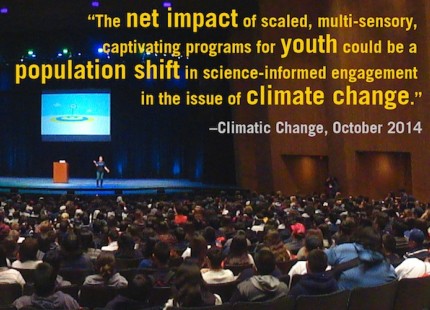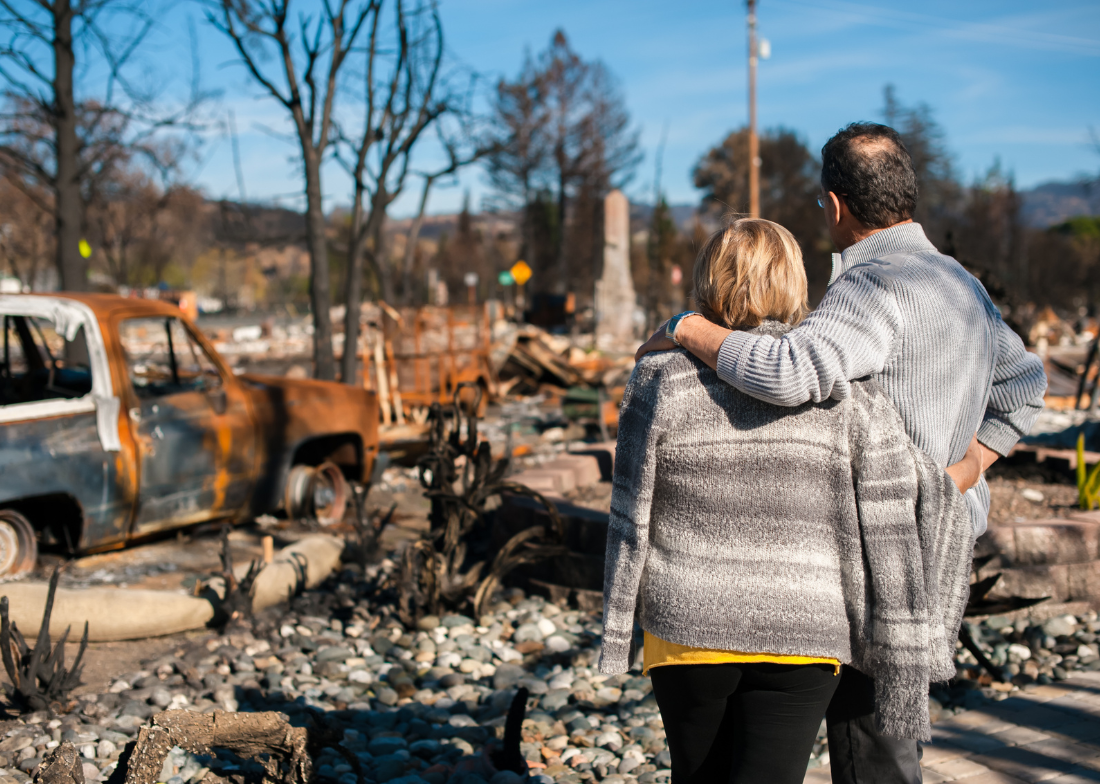New Study: The ACE Program Works
|
October 28, 2014

In February 2009, the first ever ACE Assembly was delivered to a handful of students at Mission High School in San Francisco.
Over five years and 1.8 million students later, ACE is honored to be the subject of a new study published in the academic journal, Climatic Change.
Experts at Yale, George Mason University, and Stanford carried out the research project, and surveyed 2,847 students in 49 high schools nationwide before and after viewing the ACE Assembly. Researchers found that students became more knowledgeable about climate science, felt more confident in their ability to take climate action, and changed their communication and conservation behavior in a number of important ways.
Want to learn more? Download the paper here.
Major findings include:
- Students demonstrated a 27% increase in climate science knowledge.
- More than one-third of students (38%) became more engaged on the issue of climate change.
- The number of students who talked to parents or peers about climate change more than doubled.
The paper concludes that “The net impact of scaled, multi-sensory, captivating programs for youth could be a population shift in science-informed engagement in the issue of climate change. In addition, such programs can inspire youth for deeper engagement in school programs, personal action, and political and consumer advocacy.”
Read more about the project and download the paper for free here.
Join our Youth Action Network
More Blog Posts
Driving India towards self sufficiency and freedom from oil
India can shield itself from oil-price shocks and global pressure over Russian barrels by leaning harder into two strengths it …
Read More
Unnatural, Not Unprecedented
For two weeks, residents of Southern California endured a waking nightmare. Parents raced against time – hurrying down the driveway …
Read MoreCrafting a Vision for the Future: My Experience at LCOY USA 2024
Dry and sunny Tempe, Arizona where temperatures have been over 100 F for 113 consecutive days, delegates gathered to attend …
Read More